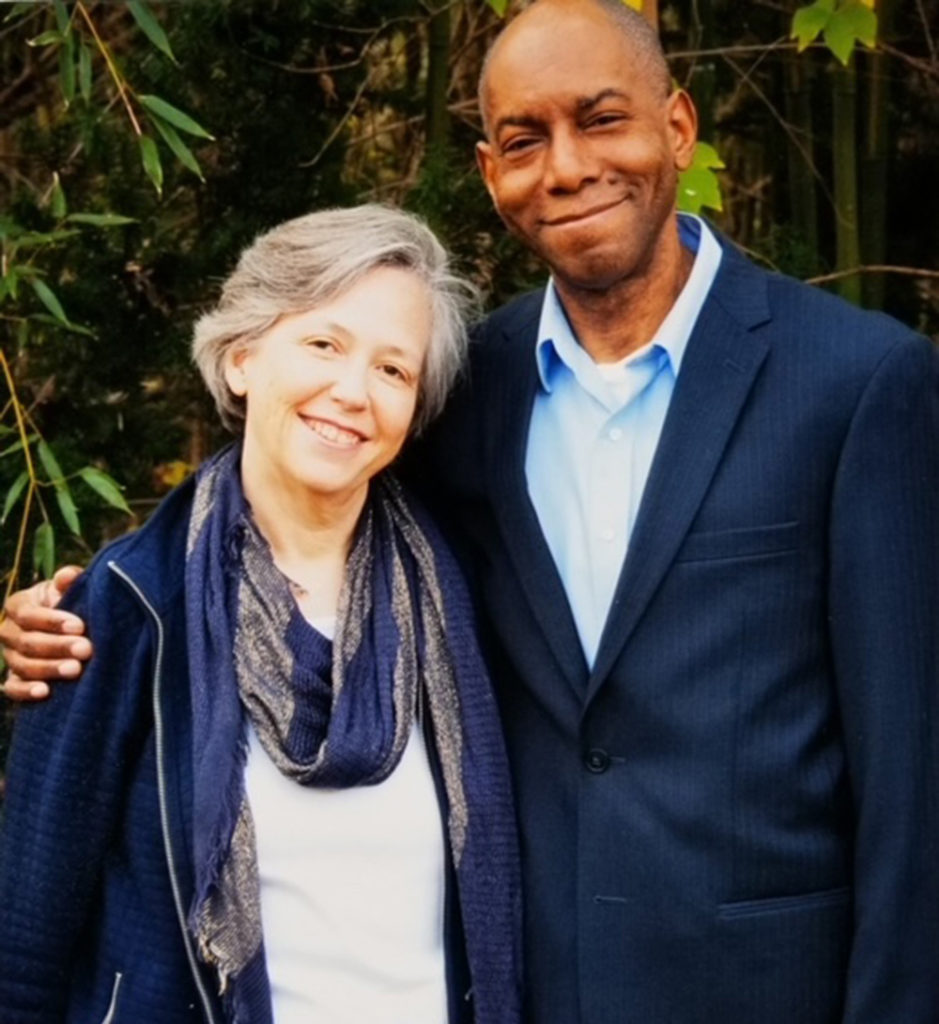
It was December 2011, and Suzanne and her husband Vincent were getting ready to enjoy the holidays when he started to complain about abdominal pain.
“He was having some discomfort, and thought maybe he bruised himself around his midsection,” Suzanne explains. “Vince was a very trim guy, and he could actually feel something in his abdomen that didn’t feel right.”
After difficulty seeing a doctor due to the holidays and finally getting a CT scan of Vince’s abdomen, the couple was told that it would be a while before his scan could be read due to holidays; fortunately, they had a work-around.
“Vince’s brother is a critical care physician, and his wife is an oncologist; we were able to send them a copy of the scan, and my sister-in-law phoned right away. She said ‘this doesn’t look good. There are tumors on his liver, and they are irregular.’”
After an initial biopsy determined that Vince did not have liver cancer, he had a liver resection at Georgetown University Hospital to remove the tumors, and that was the first time Suzanne and Vince heard the term ‘carcinoid tumors.’
“We were told straight away that the tumors on his liver metastasized from somewhere else in his body, but the doctors didn’t know where.”
Over the next few years Vincent quietly continued his treatment and was feeling good.
“Vince was a pretty private person, so not a lot of people knew what was going on. But for those who did know, well it was a real challenge to explain this cancer for which there was not a lot of information available.”
After a bowel blockage landed Vince in emergency surgery, doctors identified a tumor that connected the small intestine to the stomach which was inoperable. Surgeons resected his small intestine to the stomach and left the tumor.
“We learned that NETs do not read well if they are not within an organ,” Suzanne explained. “There’s so much we didn’t know that NET patients know now, and that is wonderful, that is progress, right? There’s greater access to NET specialists now than there was for us just 10 years ago.”
After Vince passed away in June of 2017, Suzanne and her son were planning Vince’s services and writing his obituary when they found NETRF after friends and families inquired as to how they could memorialize Vince and support research of neuroendocrine cancer.
“I stayed in touch with the NETRF team and when I finally came up for air, I wanted to get more involved and help others who were facing what we had just managed. I wanted people to know that first and foremost you can live with this diagnosis; don’t let it overwhelm you. Continue to do the things that bring you joy while you navigate this disease.”
“Through my discussions with the NETRF team and sharing my frustration at the lack of information available for patients and families, we developed the idea for the Neuroendocrine Cancer Guide for Patients and Families. Through Vince’s life insurance, I was in a position where I could financially support the development of the guide, and I am so thrilled to support the newest, most up-to-date second edition of this guide.”
“Vince was a writer and a journalist, and access to information and sharing information was a big part of who he was. I think he’d be very pleased with what we’ve been able to do in his name.”
To request your free Neuroendocrine Cancer Guide for Patients and Families, please click here.
